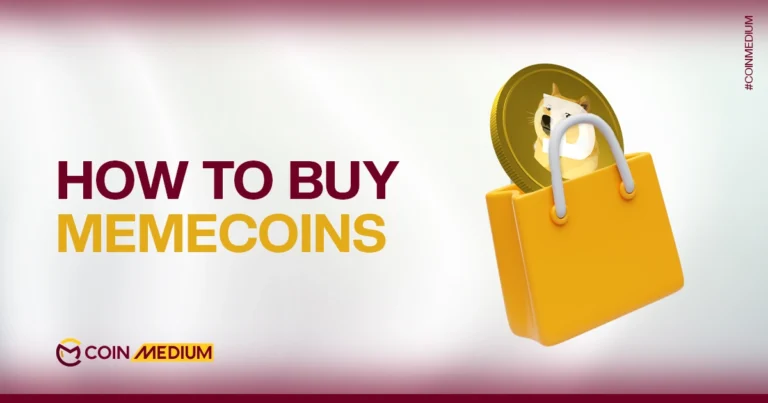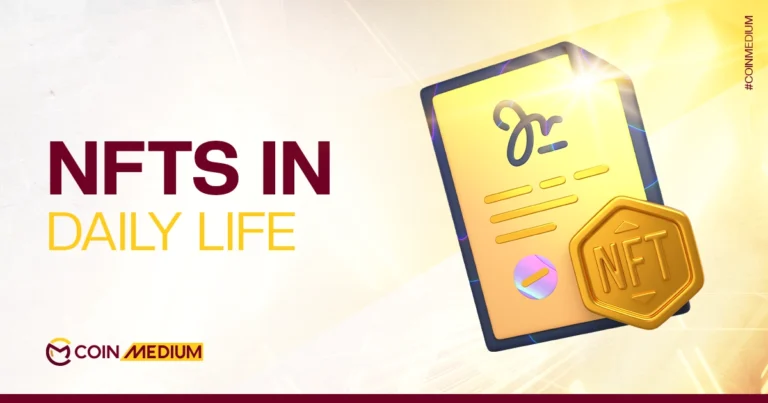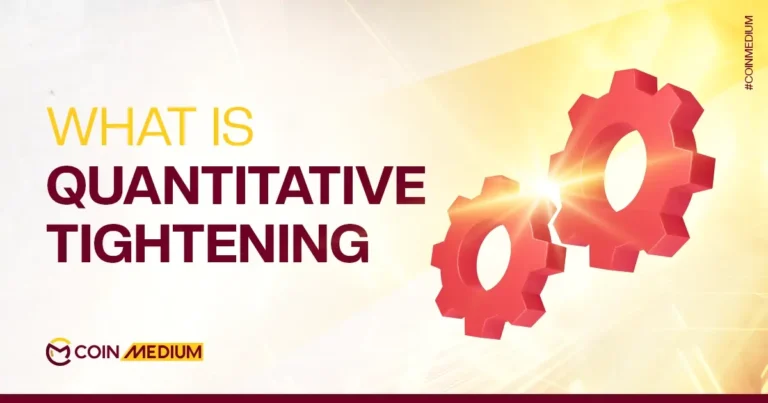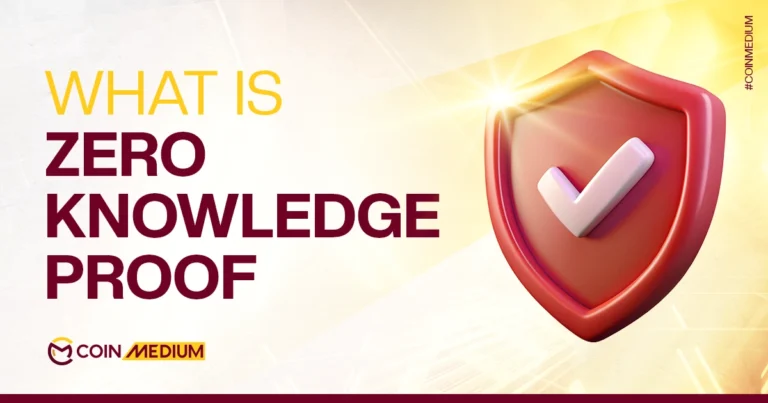The world of cryptocurrency is full of fun and sheer thrill, unless and until you get engulfed in a crypto scam! No I mean really, it’s one of the worst things you can experience.
Crypto uses cutting edge technology to bring financial freedom right to your doorstep. But it’s no rose without thorns. In fact, beneath the allure of skyrocketing gains lies a darker side. Crypto exploits can pretty much wipe out millions and even billions over night.
As such in this article, we explore the top 5 scams in crypto, to give you a glimpse of this murky world.
What qualifies as a Crypto Scam?
Before we proceed further, it’s important to understand what a crypto scam is. Essentially, it is a deceptive scheme designed to exploit cryptocurrency users, investors, or businesses for financial gain.
Crypto scams involve fraudsters who use deceit, manipulation, or technical means to steal cryptocurrencies. In some cases, fraudsters even get romantically involved with victims to steal their crypto.
Unfortunately, the decentralized and often anonymous nature of blockchain technology, makes it near impossible to trace or recover lost funds.
Phishing, Ponzi/Rug Pull Schemes, Pump-and-Dump, Fake Wallets and Exchanges and Romance or Pig Butchering are some of the more common types of scams.
What are the top 5 Crypto Scams?
Crypto scams often succeed because of limited regulation, technical complexity, anonymity, and the irreversible nature of blockchain transactions. In a way, these scams illustrate the vulnerability of the crypto industry.
So let’s get down to the biggest crypto scams that cost investors tens of billions of Dollars.
1. The Terra/Luna Collapse: An Algorithmic Stablecoin Catastrophe

At the top of our list is the Terra/Luna debacle which unfolded in 2022. It’s still one of the most devastating scams of our time with its repercussions still echoing in the industry.
In a nutshell, a South Korean entrepreneur Do Kwon created an ecosystem called Terraform Labs centered around TerraUSD (UST). It is an algorithmic stablecoin pegged to the US dollar.
The system promised stability through a mint-and-burn mechanism: when UST deviated from $1, Luna could be burned to mint more UST, and vice versa.
At the onset, the project seemed innovative and profitable.
However, in May of 2022 when market turbulence hit, UST lost its peg, triggering a downward spiral. Investors rushed to exit, burning Luna to redeem UST, which flooded the market with Luna tokens.
Eventually Luna plummeted its value from over $100 to fractions of a penny. The crash erased approximately $40 billion in market value, devastating retail investors and institutions alike.
Do Kwon, once hailed as a visionary, faced allegations of fraud for misleading investors about the stability of the system. He fled authorities, leading to an international manhunt, but was extradited and, in August 2025, pleaded guilty to fraud charges in a US court, marking a significant reckoning for scams in crypto.
There are many instances in which overhyping an unsustainable project can become a scam.
The Terra/Luna scam is the greatest example of how unchecked decentralized finance (DeFi) can lead to disaster.
2. FTX Fraud: The Fall of a Crypto Empire

Next up on our list is the FTX collapse, which is proof that even an established exchange can be a scam.
Yes you read that right!
FTX was launched in 2019 by Sam Bankman-Fried (SBF) and it soon became a powerhouse thanks to celebrity endorsements and massive trading volumes.
Behind the scenes however, it turns out that SBF was misusing customer funds from FTX to cover risky bets and personal expenses.
The scheme unraveled in November 2022 when a leaked balance sheet revealed Alameda’s heavy reliance on FTX’s native token, FTT, as collateral.
A tweet from rival Binance’s CEO announcing the sale of FTT holdings sparked a bank run, with over $6 billion withdrawn in days.
FTX filed for bankruptcy, exposing an $8 billion shortfall. SBF was convicted in 2023 on multiple fraud charges and sentenced to 25 years.
On the flip side however, this scam helped shift regulatory scrutiny and prompted calls for better oversight.
3. OneCoin Ponzi Scheme: The Fake Crypto Queen

The third one on our list touches classic Ponzi territory. In fact, it is one the most brazen crypto scams recorded, defrauding over $4 billion in three years.
OneCoin is a project marketed as a “rival to Bitcoin” by Ruja Ignatova, dubbed the “Crypto Queen” and was active through 2014-2017.
In this project, the investors bought educational packages that included “mining” rights for OneCoin tokens, which could only be traded on a controlled internal exchange.
This in fact turned out to be nothing short of a classic ponzi scheme.
The scam relied on multi-level marketing, rewarding recruiters handsomely while early investors were paid with new recruits’ money.
Withdrawals became impossible as the scheme collapsed, and Ignatova vanished in 2017, still at large on the FBI’s most-wanted list. Her brother and co-founder were arrested, revealing the total absence of a blockchain.
In other words, OneCoin was a centralized database manipulated by the operators.
This scam essentially preys on FOMO (fear of missing out) and lack of due diligence, a common thread in scams in crypto.
This is a hallmark case of “everything that glitters isn’t Gold”.
4. BitConnect: The Lending Platform Mirage

BitConnect is fourth on our list and it deals with high-yield investment scams in crypto that promise impossible returns.
It teaches us that when something is too good to be true, you should probably try to stay away from it.
This scam operated from 2016- 2018, where users deposited Bitcoin to buy BitConnect Coin (BCC) via a trading bot yielding up to 1% daily interest.
Needless to say that in reality, it was a Ponzi scheme using new investments to pay returns to earlier participants.
Interestingly, BitConnect was promoted aggressively via YouTube influencers and other affiliate programs.
Believe it or not, BitConnect’s market cap peaked at $2.8 billion before regulators intervened.
But then…. Things went south!
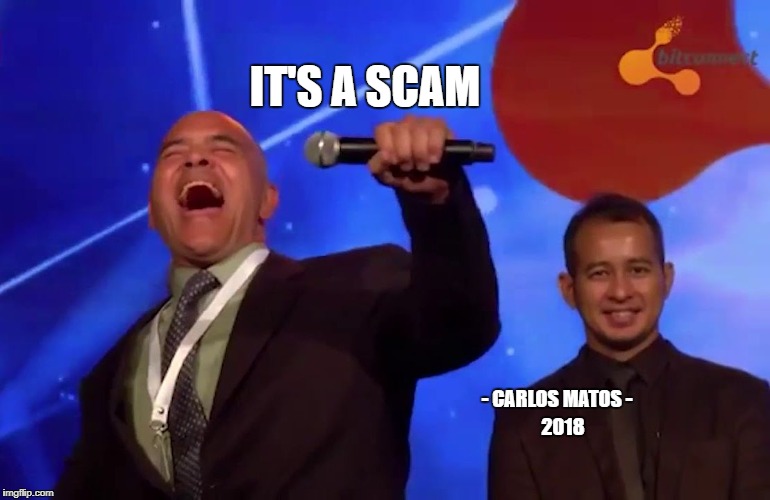
The platform shut down abruptly in 2018 amid cease-and-desist orders, leaving investors with worthless tokens.
Founder Satish Kumbhani and promoters faced SEC lawsuits, with restitution paid to victims as recently as 2023.
5. Squid Game Rug Pull: Pop Culture Exploitation

Last but not the least, in the 5th spot is the Squid Game token rug pull.
This is a classic case of DeFi scams in crypto that exploit trends for quick profits.
Launched post covid in 2021 along with the hype of Netflix series, SQUID token promised a play-to-earn game.
They were so big, that they drove the price from $0.01 to over $2,800 in days.
But the hype didn’t last long. Nor did the token.
The anonymous developers had coded the smart contract to prevent sales without “marbles,” a non-existent feature, locking funds in.
They then drained the liquidity pool, pocketing over $3 million and vanishing, erasing all social media traces.
This is essentially a textbook “rug pull”.
Similar occurrences have taken place on Solana, where low barriers to token creation enable fraud.
Quite interestingly, in 2025, memecoins are booming. Hence, rug pulls are very likely.
Concluding Thoughts: How do you stay ahead of Crypto Scams?
It is no secret that as technology grows, cyber-crime also gets more complex. This makes staying safe even harder.
As a matter of fact, the industry has already lost over $3.1B so far in 2025 owing to crypto scams and hacks.
Experts recommend conducting thorough research and checking whitepapers before you invest in a project.
And then when you finally do, use hardware wallets, enable two-factor authentication, and stick to crypto best practices.
Education is your best defense against the ever-evolving scams in crypto and the blockchain ecosystem.
To learn and stay updated, keep reading Coin Medium!



